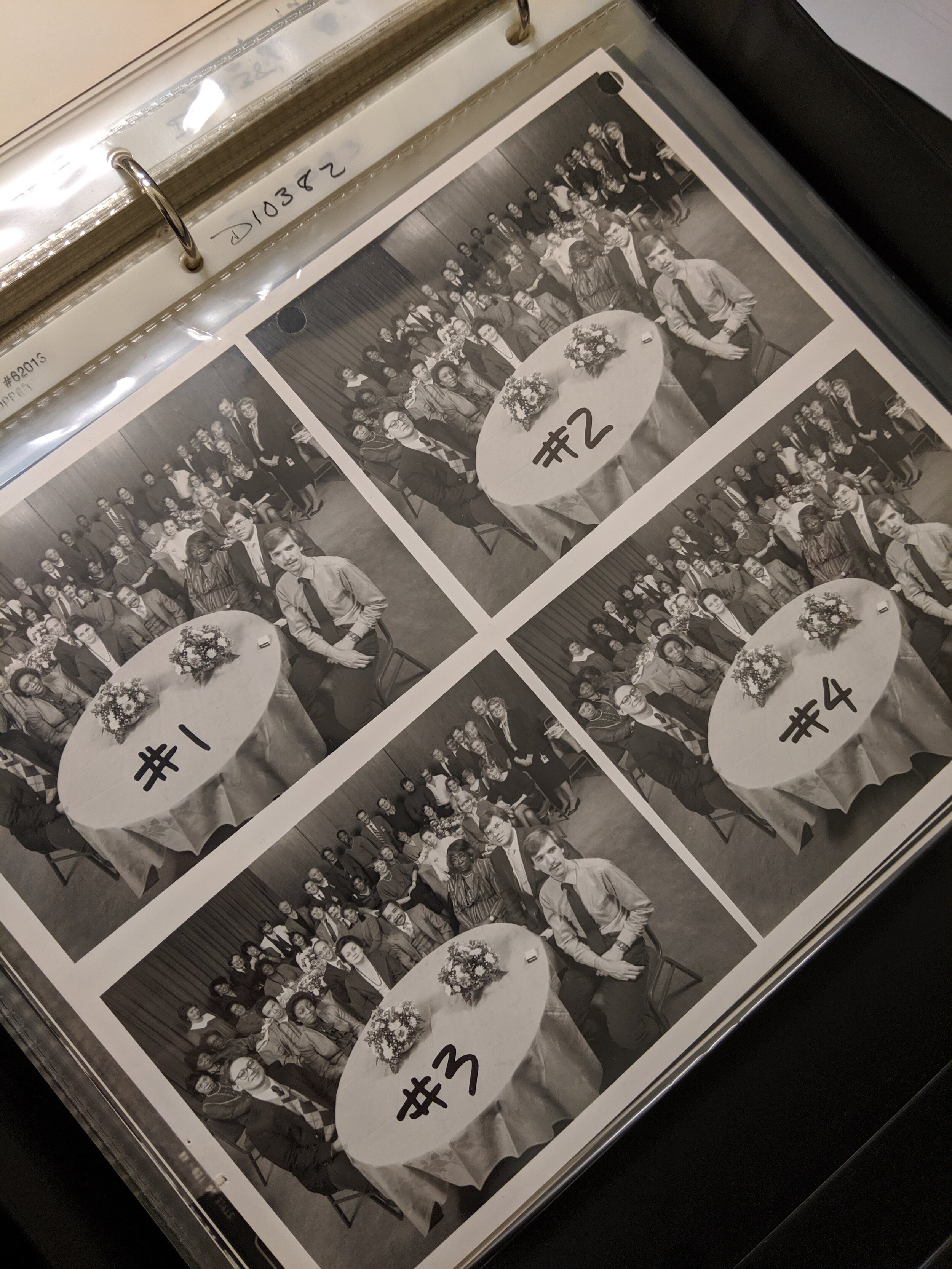Over roughly the last year, I have been involved in discussions about implementing a new digital asset management system at our museum. My department - Imaging - has a vested interest in finding a new solution, because we are one of the power users of the existing system. I began advocating for clarity on our existing digital asset management system - what it was intended to be used for and what the development timeline was for the solution - shortly after it was launched in spring 2017. The system had potential, especially in its open-source foundations, but it has complicated workflows, frustrated users across the museum, and resulted in poor access to assets for staff. Unfortunately, due to limited staff resources, our custom in-house built system can no longer be adequately maintained or developed in order to meet basic institutional needs. As a result, we began searching for a replacement solution early in 2019.
I was selected to be a member of the evaluating team for vendor solutions based on my experience managing our department’s born digital and digitized image assets. There were two groups that looked at the options - one was focused on the technical-side of the system and the other was focused on the user experience. I was placed in this second group. We were provided with a rubric for evaluation based on specific core user needs for the software, and we watched presentations on the final selection of vendor software solutions. Together with other staff representing a wide range of departments - from Conservation to Curatorial departments to the Ryerson and Burnham Library and Archive - we sat through vendor demonstrations, rated the system based on these presentations, and discussed our overall impressions of the solutions compared with one another. It was helpful to work with such a cross-institutional team, as every member brought different experiences and ideas. The selection committee took into account the user experience and technical group ratings, as well as the cost estimate for each option, and made their decision based off this information.
After my experience in this collaborative and democratic group setting, I wanted to apply this same way of working and reaching decisions to another key component of digital asset management: metadata. I was in the midst of mapping my department’s metadata to some proposed fields for the new system. I realized that I was unclear on the meaning and scope of some of these new fields, and that other needs were likely missing. At the same time, I understood that my department’s needs were not reflective of all user metadata needs within the system. I inquired if I could form a metadata working group in order to brainstorm additional user needs, and I was permitted to move forward. I ended up leading this group, which was a new experience for me. I selected the team members from a range of departments, sent out communication, developed agendas and ran meetings, and served as coordinator about our work to other institutional stakeholders.
We ended up meeting over the course of the fall to discuss the existing mapping work I had done to existing structure schema, user scenarios that needed to be represented in the metadata, additional fields, field scopes and definitions, and metadata field types (dropdown, free text, etc) and behaviors (searchable or not, editable or not). Once the chosen software was announced to the team, we also started determining which rough user groups (Imaging staff, Conservation staff, Curatorial staff, all staff) should be able to see and/or edit which fields. I presented our work to the administrators for the future system, and have been continuing to advise on metadata questions and issues since our working group has dissolved. This work will evolve as we move forward with implementation, but I am glad that we pursued this work with intention and focus, and that multiple perspectives were captured.
I am now part of the implementation working group for our new system. Our kickoff meeting occurred shortly before the new year, and our work will extend throughout 2020. I am representing my department and users who rely on our assets. Part of this process will involve sitting through instructional trainings on core components of the system - taxonomy, metadata, permissions - and part of it will involve shaping the user experience and structure of information within system. We will be making decisions about how metadata fields should be ordered, and which fields should also appear as faceted search options, for example. This group will also be creating documentation and training materials, and we will assist in teaching our peers how to use the system. In tandem with the administrators for the system, technical staff, and other working group members, I hope to ensure that we implement a solution that works well for all staff.
My involvement in digital asset management at the museum has shifted and grown over the last several years. With this, my role in these collaborative working groups have varied over time - I have had the chance to both lead and advise. I feel incredibly fortunate to have been heard in my questions and concerns, and to be able to leverage the knowledge I have gained through my MLIS program.
